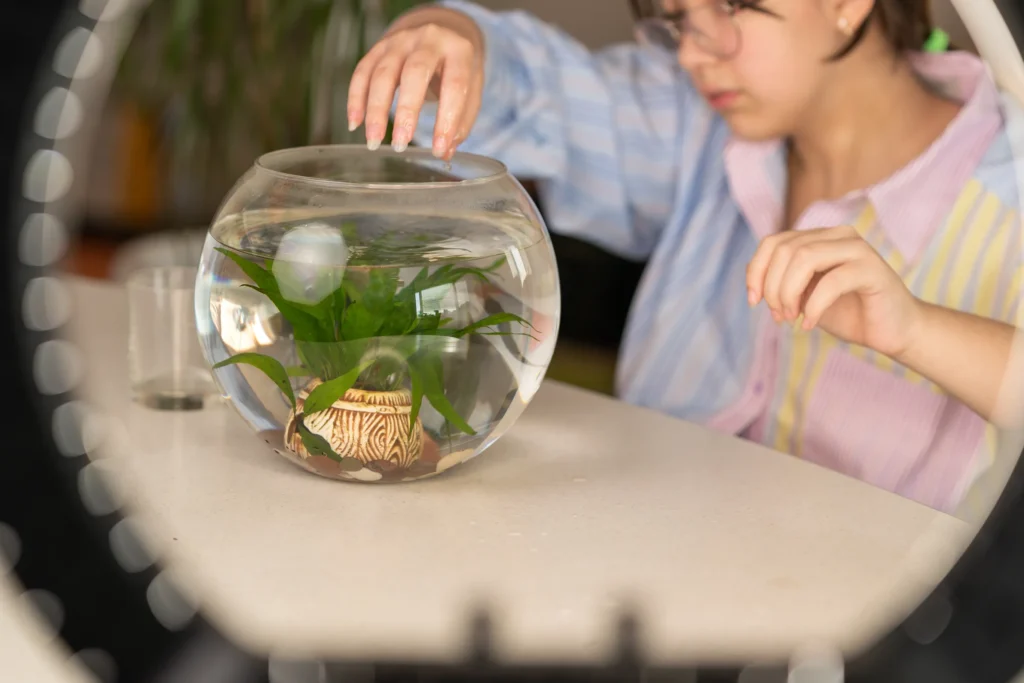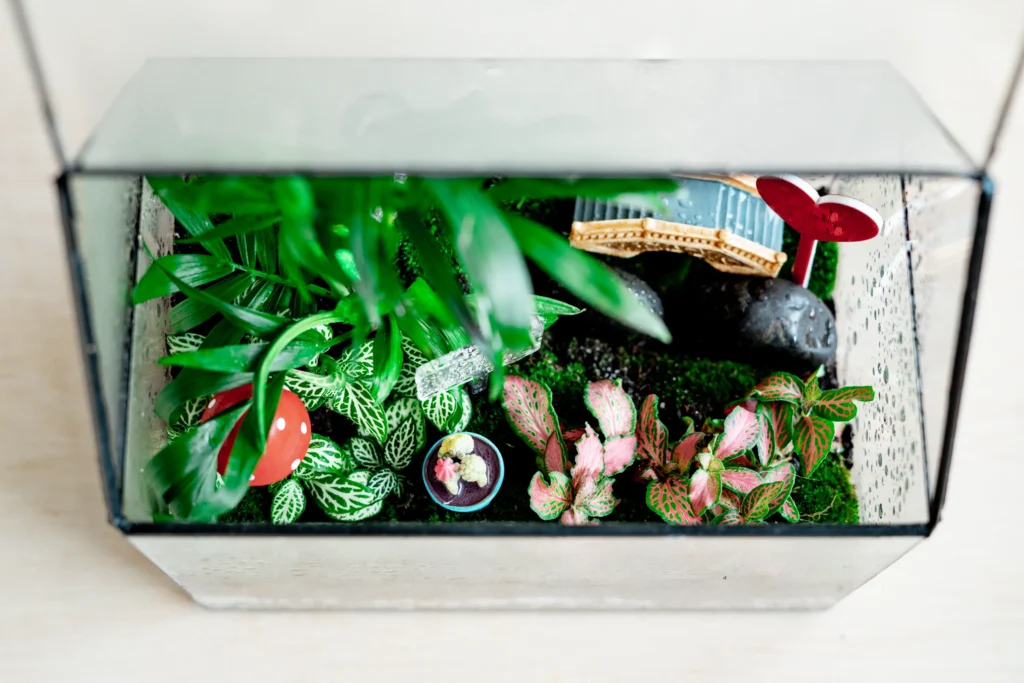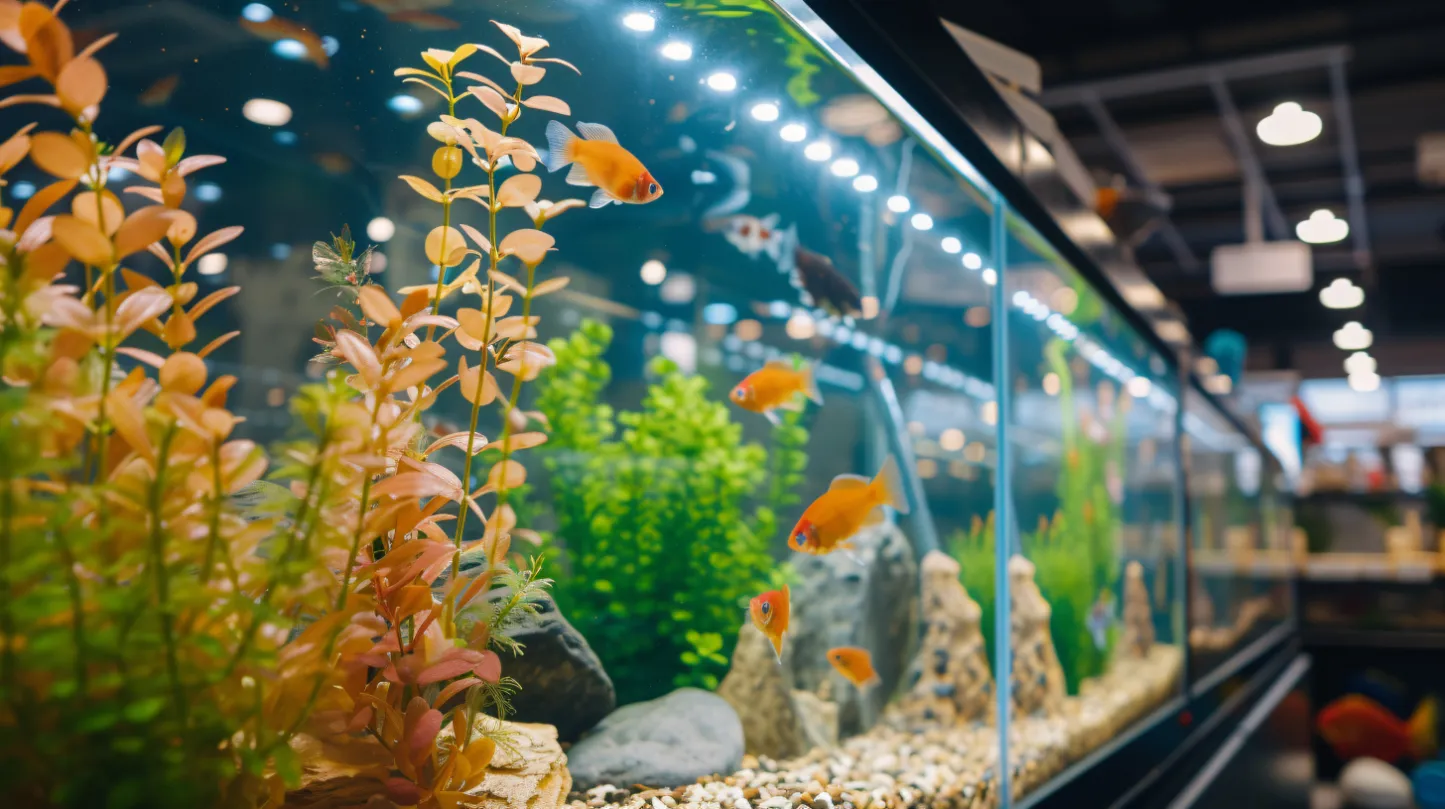Aquarium enthusiasts know that creating a balanced, natural environment is key to ensuring the health of their aquatic pets. Incorporating Habitat Botanicals such as dry leaves, seed pods, and driftwood can enhance not only the aesthetic of your aquarium but also the overall health of your aquatic life. Let’s explore some of the best botanicals for each key benefit they bring to your aquarium ecosystem. What Are Habitat Botanicals? Habitat botanicals are organic materials like Indian Almond Leaves, Banana Leaves, Alder Cones, and Catappa Bark that release tannins and other beneficial compounds into the water. These botanicals help replicate the natural environment of fish that come from blackwater ecosystems, creating a healthier habitat.


To create optimal water conditions for tropical fish, botanicals that release tannins can lower pH and soften water, mimicking the blackwater environments of the Amazon and other rivers. This is especially beneficial for species like discus, tetras, and bettas.
Botanicals can create a more shaded, natural-looking environment that reduces stress and promotes natural behavior in fish. Fish thrive in environments that mimic their native habitats, especially when the water is slightly tinted with tannins.
Tannins released by botanicals are known for their antimicrobial properties, helping prevent infections like fin rot and fungal infections in fish. These botanicals can act as natural remedies for common aquarium ailments.
Certain botanicals not only mimic natural breeding environments but also provide suitable surfaces for egg-laying. These botanicals also help create water conditions that stimulate breeding behavior in fish.
As botanicals decompose, they promote the growth of beneficial bacteria and microorganisms that contribute to a balanced ecosystem. These microorganisms are essential for maintaining water quality and act as a natural food source for small fish and shrimp.
Adding botanicals to your aquarium is simple. First, rinse them in warm water to remove any debris. Place them in your aquarium and allow them to sink naturally. As they decompose, botanicals will release tannins into the water, gradually conditioning the environment. Experiment with different amounts based on your aquarium size to achieve the desired results.

Incorporating habitat botanicals into your aquarium is a great way to provide a more natural and stress-free environment for your fish. Whether you’re looking to condition the water, reduce stress, prevent disease, or support breeding, these botanicals offer a variety of benefits that will enhance your aquatic ecosystem.
“Excellence in Aquascaping: Meticulously Sourced Products for Beautiful, Healthy Aquariums at Every Skill Level.”
Enhance your space with our premium natural aquarium and terrarium products, beautifully crafted to bring the serene beauty of nature into your home.
Copyright © 2024 All Rights Reserved.
Below is a comprehensive table detailing our shipping rates for various countries and weight categories. These rates are designed to provide transparent and competitive pricing for all our customers. Note that the rates listed are inclusive of the fuel surcharge and are subject to the terms and conditions outlined above.
Above 70 Kgs – Below Rate to be Multiplied by the Number of Kg’s
Belly pods, from the Aegle marmelos tree, are used in aquariums to release beneficial compounds, similar to Indian almond leaves. They are beneficial for fish such as bettas, angelfish, discus, and tetras, providing natural antibacterial properties and creating a healthy aquatic environment.

Indian almond leaves (catappa leaves) and jackfruit leaves are beneficial for betta fish in aquariums. Indian almond leaves release tannins with antibacterial and antifungal properties, helping to maintain water quality, lower pH levels naturally, and reduce stress. Jackfruit leaves also release tannins, conditioning water and creating a natural environment that supports betta fish health and well-being.